Free College: Where Do the Candidates Stand?

Find your degree
Election season is an exciting time. All across the country, in town halls, on TV, in coffee shops the talk of the town turns to politics. This hearkens back to the great American tradition during the Ratification debate, where citizens passed around essays and hammered out what they believed was best for our country and why.
As this is being written, the Democratic Primary is underway, and candidates are on the stump making their case for why you should vote for them to be the next President of the United States.
They are talking about climate change, immigration, gun rights, health insurance, foreign policy, and all things anti-Trump. In that mix is a range of solutions spanning from the popular idea of single-payer health insurance to the controversial and revolutionary Green New Deal.

The political spectrum of the current contenders includes moderates such as Joe Biden and Pete Buttigieg and radicals such as Bernie Sanders and Elizabeth Warren. In recent days, former NYC Mayor Michael Bloomberg has entered the race but has chosen to not participate in the early primaries. He is a kind of wild card to the race, saying that even if he doesn’t win the nomination, he will financially back whoever does to the tune of billions of dollars. It’s a wild ride already!
As we engage with the democratic process in various ways and get to know the candidates and their positions, one issue and idea that has come up. This is especially relevant and interesting to us here at onlinecollegeplan.com, the issue is the candidates’ views on education, particularly the idea of free college.
Firstly, what is the basic idea of free college?
The idea of free education is certainly not new to our nation’s public school system. Having publicly funded institutions is part of our nation’s fabric and legacy. The idea of free college is simply to make our nation’s colleges and universities free as well. The basic idea is simple and popular. Also bundled in with the free college debate is what to do with student debt. This also is a popular issue.
The Washington Post reports that 58 percent of voters support plans to cancel student debt, including 72 percent of Democrats and 40 percent of Republicans. Though many don’t know, there are many free colleges that are up and running today. We have an article specifically about tuition-free colleges that are thriving! These schools are relieving students of debt and stress.

Why is there a debate about this?
Though the idea seems straightforward, the extent and mechanism for accomplishing it are not. The idea is connected to our deepest beliefs about the nature of society and the role of the government. In addition, there is no magic lever a president can pull to make college free. States fund and administer education by participating in federal Grant and Loan programs, and some states are already providing tuition-free colleges. The reality is the federal government can really only offer carrots to states—and states don’t have to buy in. Another complicating factor is that the “free college” debate gets other issues attached to it such as student debt, access for the poor and minorities, issues of inequality, and fundamental beliefs about taxes and the government’s size and scope.
What is a brief sketch of the “free college” discussion?

There are currently over 350 tuition-free programs in the USA. In fact, we’ve ranked some of the best Tuition Free Online Colleges and Free Online Degree Programs. In terms of the idea coming to the public’s attention, it started gaining steam during the Obama Administration. In a State of the Union speech, President Obama referred to states such as Tennessee and Illinois’ College Promise programs that focused on making college tuition-free.
“I want to spread that idea all across America so that two years of college becomes as free and universal in America as high school is today.”
Barack Obama
The Obama Administration put forward a vision that included the following:
- Doubling Investments in Pell Grants
- Helping Students Manage Student Loan Debt
- Expanding Education Tax Credits
- Keeping Student Loan Interest Rates Low
Though the plan didn’t become law with the Republican-controlled Congress, it did bring the issue out in the open.
Next came the 2016 election, where Bernie Sanders proposed “free college” and Hilary Clinton argued for “affordable college,” only to change later to a more nuanced position of eliminating tuition for those who make under $125,000. At this point, the idea was gaining steam and media attention, greatly assisted by the troubling statistics of student debt and rising costs. This momentum then reversed directions when Donald Trump won the election. It’s now resurfacing again with the Democratic primaries underway.
What do the candidates agree on as “the problem”?
In general, the candidates of both political parties agree that student debt is a problem and that the rising costs need to be controlled. The real divergence is the solutions offered. Is the private sector and free market the solution to our educational problems? Should college debt be forgiven completely or partially? Is there actually equality of opportunity in higher education? Would offering free tuition build up the middle class by pulling lower-income families up or would it just help the affluent?
Now it’s time to dig into what candidates think and why we should support their efforts. Cheers to America and cheers to Democracy in action!
The Biden Plan for Education Beyond High School
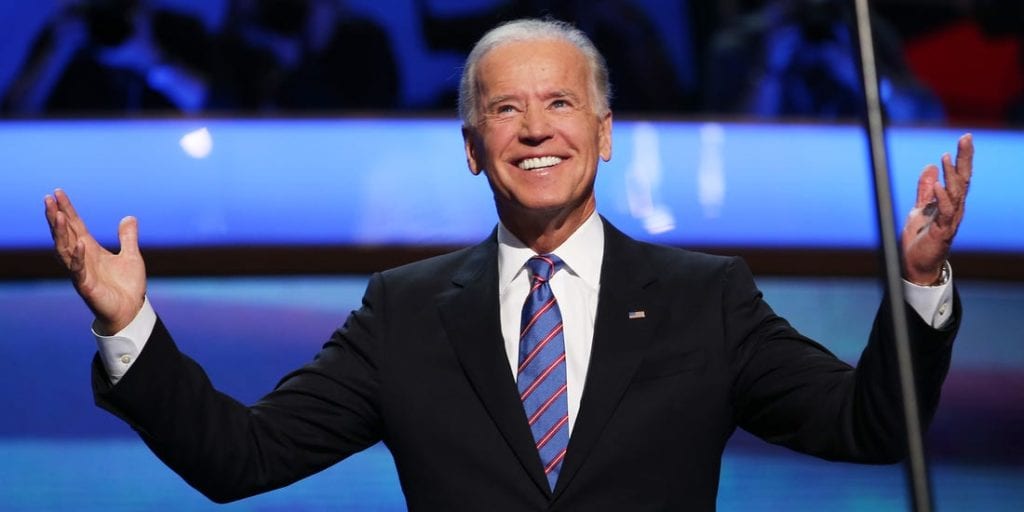
Vice President Joe Biden offers a moderate plan. He does not believe in making all colleges and universities free for all, regardless of income, but rather supports free community college tuition. His essential drive is for all “hard-working Americans to join or maintain” their place in the middle class. According to his campaign website, 6 in 10 jobs require training after high school. At the same time, many of these jobs do not require four-year degrees. “In fact, today in the United States there are an estimated 30 million quality jobs, with an average salary of $55,000, that don’t require a bachelor’s degree.”
The plan in a nutshell:
- Focus on community colleges and offer free two-year tuition
- Continue and further develop Obama policies of doubling Pell grants, workforce training, and debt relief through a five percent payment of discretionary income.
- Fix the Public Service Loan Forgiveness Program
- Increase funding of HBCUs, TCUs, and HSIs by investing $70 billion
- The total for his plans cost $750 billion over 10 years and will be paid for by eliminating the stepped-up basis loophole and capping the itemized deductions the wealthiest Americans can take to 28 percent.
What is the Biden plan for increasing access for the middle class?

The focus for Mr. Biden is community colleges, “America’s best-kept secret” according to Dr. Jill Biden. It does make financial sense to invest in community colleges because they offer training at a fraction of the cost of universities. The Biden plan builds off many of the College Promise plans enacted in other states. Vice President Biden’s plan will make community college free for DREAMers and any hard-working individuals. Biden’s plan is a “federal-state partnership, with the federal government covering 75 percent of the cost and states contributing the remaining obligation. The federal government will cover up to 95 percent of the cost for Indian Tribes operating community colleges serving low-income students.”
How will the plan help reduce costs for students?
Some practical proposals in the plan involve making federal monies “first-dollar programs,” which mean Pell grants can be used for costs of education beyond tuition and fees. In addition, “wraparound services” will be incentivized such as childcare, tutoring, and transportation which will especially help veterans, single parents, low-income students, students of color, and students with disabilities.
What are some specific numbers we’re talking about?
Vice-President Biden aims to continue the workforce training initiatives started during the Obama administration by investing $50 billion to that end. Another eight billion dollars will be invested in improving the facilities and technology of community colleges as we move into a more technical and digital future.
Since Pell Grants are one of the primary ways the federal gov’t helps state universities, VP Biden proposes to double the maximum value of Pell Grants. This is based on the fact that in the 1970s, the Pell Grant covered 75 percent of the cost of college, and today, it’s only about 30 percent.
What action will be taken to deal with the student debt issue?
The Biden Administration will lower the $1.5 trillion student debt of more than 44 million Americans. For starters, people who earn less than $25,000 will not owe anything and no interest will accrue. Those making more than this will pay five percent of their discretionary income. After 20 years of responsible payments, the remaining amount of the loan will be 100-percent forgiven. Mr. Biden will also revamp the Public Service Loan Forgiveness Program by supporting the What You Can Do for Your Country Act of 2019. This plan offers $10,000 of undergraduate or graduate student debt relief for every year of national or community service, up to five years.
Bernie’s Plan: College for All
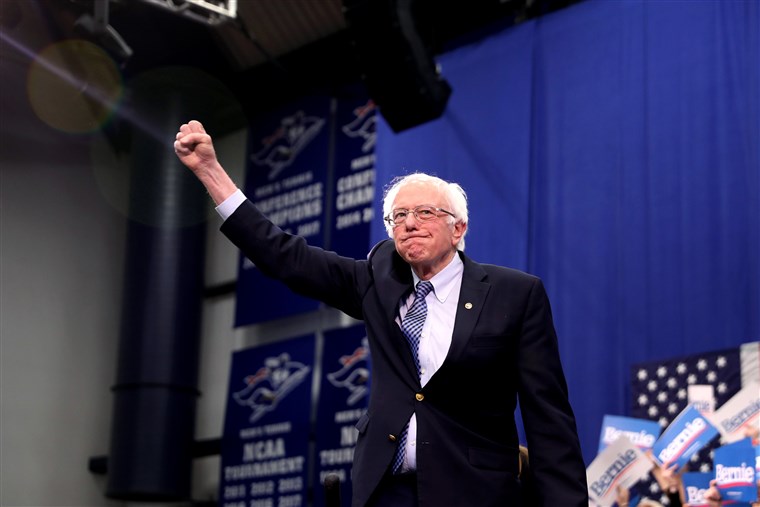
Senator Bernie Sander’s plan is to Pass the College for All Act and is a signature in his campaign. This sweeping legislation is the most radical of all the candidates and would pave the way for tuition-free and debt-free colleges, community colleges, tribal colleges, and trade schools for all people regardless of race or class. His plan for dealing with the $1.5 trillion debt is total forgiveness. All this would be paid for by his Wall Street tax, which is estimated to bring in $2.4 trillion over 10 years.
The plan in a nutshell:
- Make all higher education tuition- and debt-free for all
- Forgive all student debt and cap interest rates at 1.88 percent moving forward.
- Address educational inequality by investing $1.3 billion a year in HBCUs, TCUs, and HSIs.
- Expand Pell grants and federal incentives to reduce costs to students.
What problems is the Sanders Administration addressing?
Bernie believes that all people, regardless of race or class, have the right to higher education for free. The fact is, 50 years ago a high-school graduate could go to college, nearly for free, graduate with little to no debt, and get a job that could raise a middle-class family. Our situation has changed for the worse. Today, college education costs over $20,000 which once cost $3500. Our position as a world leader in quality college education has declined as well. “Among the 35 countries that are members of the Organization for Economic Cooperation and Development, the U.S. ranked 30th in math and 19th in science.”
Student debt is a nightmare with 45 million shouldered with $1.6 trillion, many of whom can’t afford their monthly payments. Our schools are becoming resegregated and the trickle-up economics of globalization has enriched the super-wealthy at the expense of the little guy. Recognizing these huge problems requires big changes.
How will the Sanders Administration make colleges tuition-free?
The College for All Act will invest $48 billion a year to states who would agree to certain requirements. This amounts to the federal government paying for two-thirds and the state’s one-third of the total cost. Essentially, with the way our university system is structured, this is all the federal government can do—provide incentives. Some of the requirements for states to receive federal monies are:
- To maintain higher education and need-based financial aid funding
- To rely less on adjunct faculty to teach classes
- States and tribes would also have to show that they can cover the full cost of higher education for the poorest families, those who earn less than $25,000.
- Federal money cannot go to administrators’ salaries, any merit-based financial aid, or non-academic buildings.
- There is a dollar for dollar match for institutions that reduce the cost for lower-income individuals
- Invest $1.3 billion in HBCUs and other Minority-Serving Institutions
How will the Sanders plan deal with current and future student debt?
Bernie’s plan will cancel the current debt and set a cap on the federal interest rate for student loans at 1.88 percent. This amounts to loan forgiveness for 45 million people and $1.6 trillion.
Seventy-three percent of the benefits of canceling all student debt will go to the bottom 80 percent of Americans, who are making less than $127,000 a year.
Senator Bernie Sanders
According to the Sanders plan, freeing Americans from debt will lead to $1.5 million new jobs every year and over $1 trillion of economic impact.
What other specifics are important to note about the Sanders Plan?

In an effort to reclaim our country’s position at the top of the world’s college education system, Bernie would increase accessibility through his tuition- and debt-free proposals. By providing Pell grants to lower incomes students for non-tuition/fee costs and tripling the funding for Work-Study Programs, more students would be training and graduate and enter the workforce without debt. This is a winning combination in terms of outcomes, though some criticize the means to accomplish it.
What do other candidates say in criticism of Bernie’s plan?
Since Bernie’s plan is the most ambitious in making college free for all, other candidates have pointed out that it will end up favoring the affluent. This strikes at one of the thrusts of the Sanders message to fight inequality. Sen. Michael Bennet criticized the plan saying, “Getting to free college for everybody is not a very progressive way to approach this because a lot of wealthy kids will benefit from that.”
Mayor Pete Buttigieg and Sen. Elizabeth Warren offer plans that concede Bennet’s point. Buttigieg tuition-free college only applies to lower-income people. Warren can claim her plan is more reasonable as the total price tag is about $1 trillion less than Bernie’s. President Trump opposes free tuition and philosophically disagrees with Sen. Sanders that college is a right. The President also opposes the mechanism for paying for the plan, the Wall Street Tax as a socialist policy.
Mayor Pete’s Plan: The American Opportunity Agenda
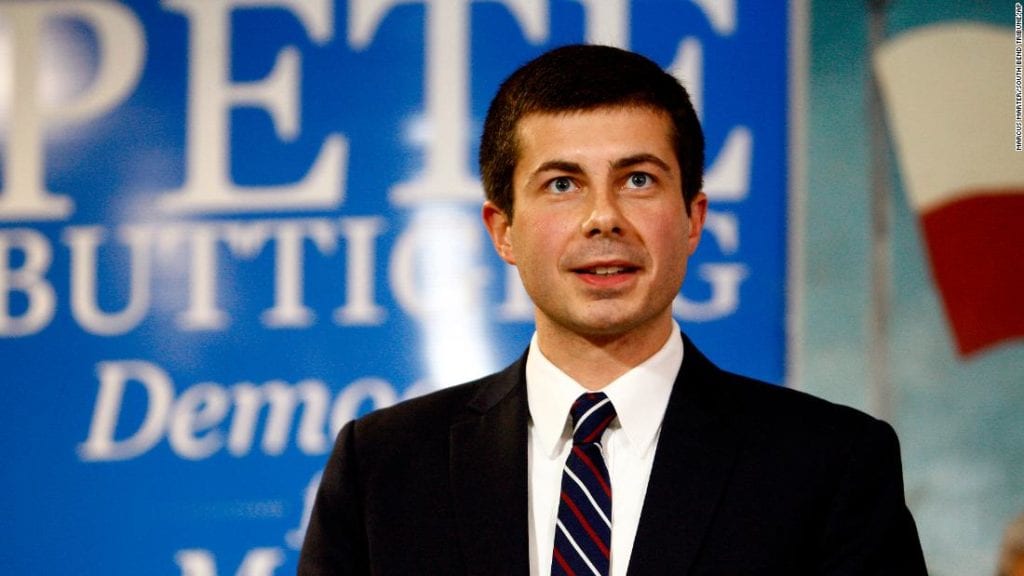
Mayor Pete Buttigieg comes from a background of education. He has spoken of himself and his partner’s student loan debt and believes he can lead to a reform of higher education. He does not believe in universal free tuition for higher education. Coming in as more moderate than Senators Bernie Sanders and Elizabeth Warren, Mayor Pete wants to make higher education affordable and deal with debt.
The plan in a nutshell:
- Make college affordable for all, and free to those making under $100,000
- Invest $50 billion over 10 years to Minority-Serving Institutions
- Increase the Pell Grant by $120 billion overall and $1000 per grant
- Cancel student loan debt for those tricked by for-profits, public servants with 10 years of experience, and create income-driven payment plans for all student borrowers.
- Invest $50 billion in workforce training
- Crackdown on for-profits and make college safer and more transparent
Is Mayor Pete’s plan the same as Senator Sanders or Warren?
I believe we should move to make college affordable for everybody. There are some voices saying, ‘Well, that doesn’t count unless you go even further — unless it’s even free for the kids of millionaires.’ But I only want to make promises that we can keep.
Mayor Pete Buttigieg, New York Times Article
This was a swipe at rival Bernie Sander’s plan of universal free college. Though Buttigieg’s plan is not as radical as Sanders, they are similar in many ways. They both rely on huge incentives from the Federal government t to the state and increased taxes to accomplish the plan, though not the same as Sanders or Warren.
Buttigieg wants to make college tuition-free for 80 percent of American families with an income limit of $150,000. Since the Pell Grant used to cover so much more of students’ cost of attending college, Mayor Pete will expand it to match our current economic context. Two small, but notable differences, is that his plan includes government filled-out FAFSAs for lower-income people and a reduced lunch program for community colleges.
What about community colleges and workforce training?
The Buttigieg plan would invest $1 billion in community colleges. He will reward those that meet career-training goals and show their effectiveness in that regard. In addition, his plan would set a $15 minimum wage for those working to support their studies. He also supports paying college athletes. His economic plan is called the New Rising Tide Plan. This effort invests $50 billion through various partnerships and incentives to local non-profits, unions, employers, and community colleges that lead to good jobs. One example is that he would provide tax deductions for employers who provide internships and work experiences for students.
What about student debt, will Pete’s plan cancel all student debt?

Mayor Pete’s plan is more moderate than Sanders and Warren, and slightly more progressive than Biden’s. He would not cancel all student debt. His plan would first automatically put those struggling in an income-based payment program. After 20 years borrower’s remaining debt would be forgiven. Student loan debt would be totally forgiven for those who were tricked or targeted by for-profits.
How does Mayor Pete plan to pay for his American Opportunity Agenda?
Buttigieg’s plan would cost significantly less than both Sanders and Warren at $600 Billion over 10 years as opposed to over $1 trillion. In short, Mayor Pete will raise taxes on the wealthy and corporations to pay for the plan. According to the HuffPost, this includes reinstating the top corporate tax and personal income tax rates and enacting a .1% financial transactions tax and closure of the carried interest loophole.
Warren’s Plan: Affordable Higher Education for All
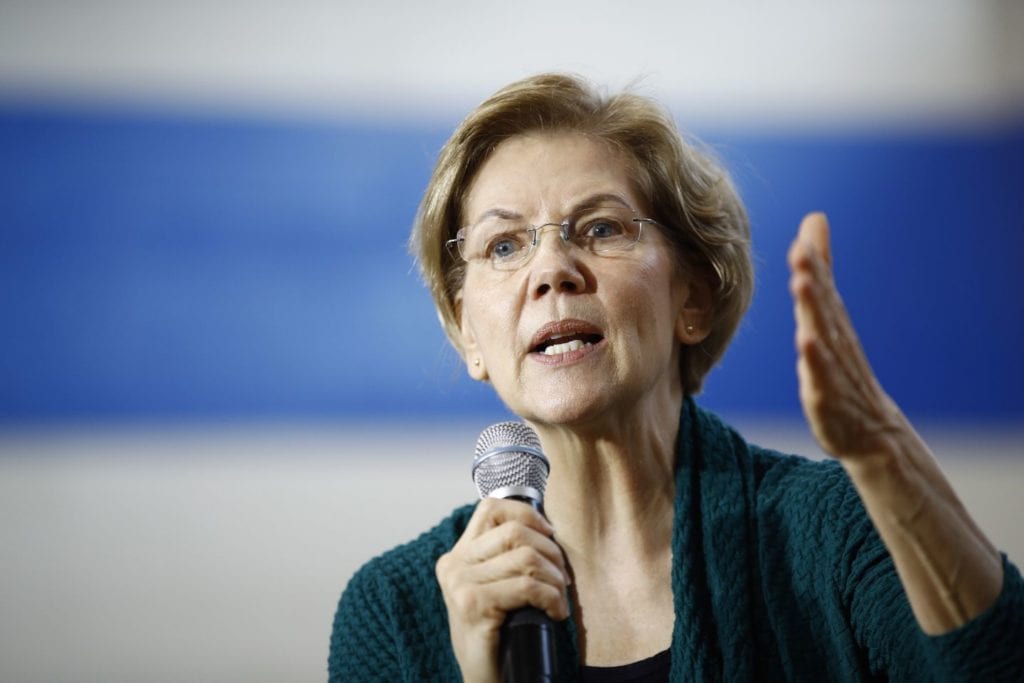
Sen. Elizabeth Warren’s plan is very similar to Sen. Sanders. She often discusses that higher education for her is what changed her life. According to her campaign’s website, she went to school when “…tuition was just $50 a semester… and could afford it on a part-time waitressing salary.” The Affordable Higher Education for All seeks to make community colleges and four-year universities tuition-free to allow others to achieve their dreams as well. Sen. Warren believes that this action will reduce racial and social inequalities and lead to a stronger middle class. The cost of her plan is estimated at $1.25 trillion over 10 years and will be paid for by her “Ultra-Millionaire Tax.”
The plan in a nutshell:
- Clear out crippling debt by canceling student loan debt by up to $50,000 for 42 million Americans.
- Redirect existing federal higher education funding to cover non-tuition expenses due to the rising cost of attending universities.
- Invest an additional $100 billion over the next ten years in Pell Grants
- Create a fund for HBCUs and MSIs of $50 billion minimum.
- Annual audits to keep colleges and universities accountable
How is Warren’s plan different than Sander’s?

The Warren Plan is very similar in that the goal is universal free college for all. There are a few minor differences. First off, the Warren plan calls for debt forgiveness on those earning less than $250,000. Her plan would completely eliminate debt for 75 percent of those with it now.
It would cancel some debt for 95 percent. In addition to this difference, Sander’s tax on the wealthiest is meant to punish Wall-street speculation, Warren’s Ultra-Millionaire Tax is an annual 2% tax on those worth over $50 million. Both tax plans would arguably affect investment, and hence, overall economic growth.
What are some notable specifics of Warren’s Plan?
Elizabeth Warren’s plan includes a strong accountability piece to it. While Mayor Pete does include a crackdown on for-profits and specific forgiveness for those duped by for-profits, Warren goes further. Her plan includes institutional changes that require colleges to go through an audit every year. She also would prohibit colleges from using citizenship or criminal history in admissions decisions. Warren’s plan would ban for-profits from receiving any federal dollars for an unspecified time to cut down on predatory behavior to minorities, veterans, and low-income individuals.
The Warren Plan also attempts to fight what she believes are the inequalities of our system. Besides investing $50 billion minimum in HBCUs and MSIs she would reward any institution that can demonstrate improvement in accessibility and graduation for minority and low-income students.
How has Warren responded to the critics?
We need to make an investment in our future and the best way to do that is to make an investment in the public education of our children. That starts when they’re babies and it goes long after high school.
Senator Elizabeth Warren, December 19th debate
After being challenged by a voter in Iowa that contended her plan “screws” those who save money and are responsible, she has essentially focused on the fact that we need to move forward. Her response later was that we didn’t backdate social security, but had to start moving forward at some point.
Amy Klobuchar’s Plan: Many Paths to Success

Minnesota Senator Amy Klobuchar’s college plan is more moderate than Sanders and Warren and compares to VP Biden. Her family experience guides her philosophy with her grandfather working as a coal miner and sister earning a GED before going on to college. Recognizing the same problems as the other democratic contenders—rising costs, student debt, and inequality—she believes in reform focused on actual training that helps empower people into the middle class through community colleges and apprenticeship programs.
The plan in a nutshell:
- Tuition-free community college and technical schools, reduce or cut costs for two years of HBCUs and other Minority-Serving Institutions
- Offer tax-incentives to non-traditional students and invest in retraining workers
- Expand dual-enrollment in high school
- Expand eligibility and amount of Pell grants to $100,000
- Fix the Public Service Loan Forgiveness Program
- Allow refinancing of student loans
- Raise capital gains rate and tax those making over $1 million to pay for her plan
What specific solutions does Senator Klobuchar’s plan offer to address affordability, access, and debt?
Like the other candidates, Sen. Klobuchar sees education as a way to address our current economic and social problems. The plan focuses on practical education that aims at job creation through community colleges and technical schools.
…that there will be 74,000 job openings for electricians over the next 10 years, 68,200 openings for plumbers, and over 137,000 openings for nurses’ assistants .
Senatory Amy Klobuchar, campaign website
Doubling the Pell grant to $100,000 will help expand access. As for affordability, Amy’s plan will create a $3 to $1 match for states who participate. Her plan aims to double apprenticeships to over 1 million by the end of her first term by working to pass the American Apprenticeship Act. Also worth noting is a plan she led in the Senate to allow adult students to use a 529 savings account for post-secondary credential and occupational licenses.
What sets Sen. Klobuchar’s plan apart from her rival candidates?
The overall focus on Sen. Klobuchar is more moderate than Sander’s and Warren’s universal free tuition plans. In one debate, when answering a question about free college, Klobuchar said she’s “no magic genie” indicating she has more fiscal restraint and not as radical as her rivals. She hones in on the fact that we need more workers for our economy and that many of the fastest-growing jobs require one- or two-years of school—hence, tuition-free community college and technical schools.
Sen. Klobuchar’s plan also has more incentives to retrain workers due to automation and to make school accessible for the non-traditional student. In other ways, her plan is the same as all the candidates. She wants to expand Pell grants, invest in HBCUs, TCUs, and other Minority-Serving Institutions, and expand opportunities for lower-income individuals. Her plan to pay for the federal government’s expansion is to increase the capital gains tax and also the income tax on those who make over $1 million.
Michael Bloomberg’s Plan
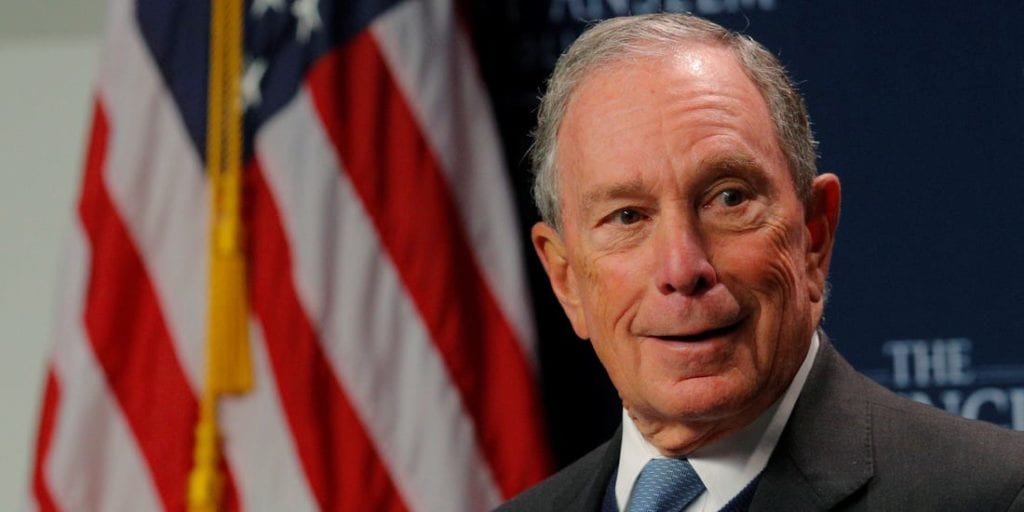
Former NYC Mayor Mike Bloomberg’s education plan is very similar to Sen. Klobuchar’s. Due to his unorthodox campaign and late entry into the Democratic primary race his plan is not as detailed, nor has he said a whole lot about it. His website has a page dedicated but offers very little specific information, including how much would be invested total or how federal incentives would be paid for in terms of taxes.
The plan in a nutshell:
- Make two-year public college tuition-free for all
- Make four-year public college tuition-free for low-income students (no specific limit given)
- Expand Pell grants
- Allow federal loans/grants to cover other educational expenses beyond tuition
- Improve access for adults and expand workforce training opportunities.
- Change student loans to an income-driven matrix
Tom Steyer
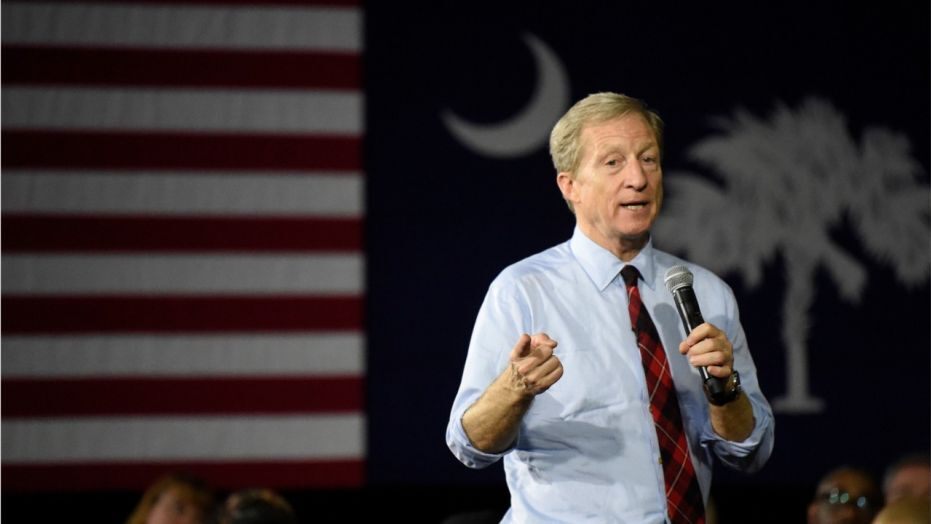
Tom Steyer, the Businessman and Philanthropist, offers his education plan based on the belief that everyone has the “right to a free, quality, public education from universal pre-kindergarten through higher education.” In fact, his overall agenda is based on “The 5 Rights:” Healthcare, Equal Vote, Clean Air and Water, Education, and Living Wage. His plan for free college is that pre-K through college should be tuition-free. There are no details for Mr. Steyer’s plan nor is there a price tag.
Rep. Tulsi Gabbard
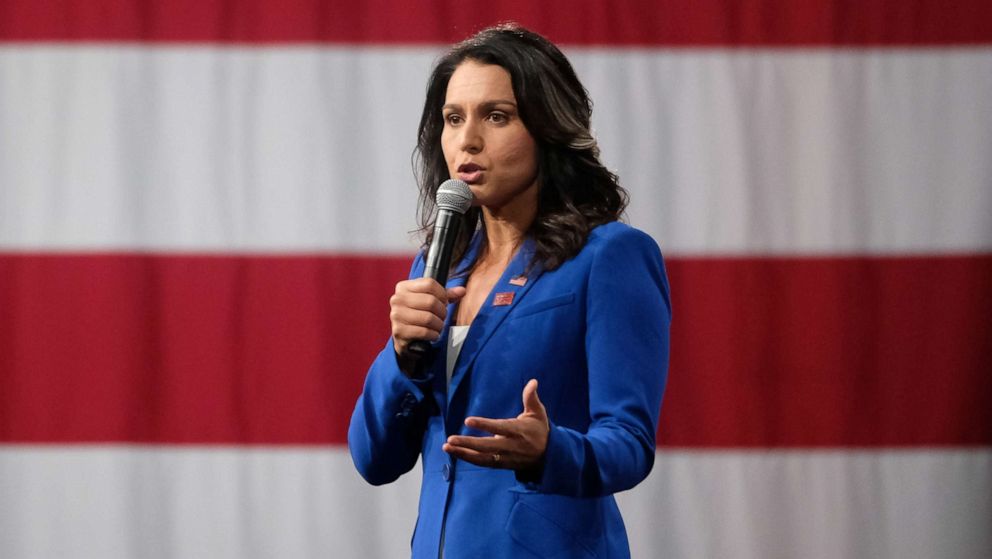
Rep. Tulsi Gabbard (HI) fits in between a Sanders/Warren universal free college plan and VP Biden’s. In the House, she co-sponsored the College for All Act (the House version of the Sanders plan) which aimed at making two-year colleges tuition-free and four-year universities free for the working class.
The cost of tuition keeps too many people from pursuing a college education. We need to resolve student debt and guarantee college for all.
Rep. Tulsi Gabbard, Tweet
Her campaign website does not have the details of her plan, but it has been reported that the income limit for free four-year colleges is $125,000 and her plan would invest $47 billion annually into making it a reality. A tax on Wall Street would pay for it. On her House website, she supports expanding GI benefits for veterans as well.
President Trump’s Plan
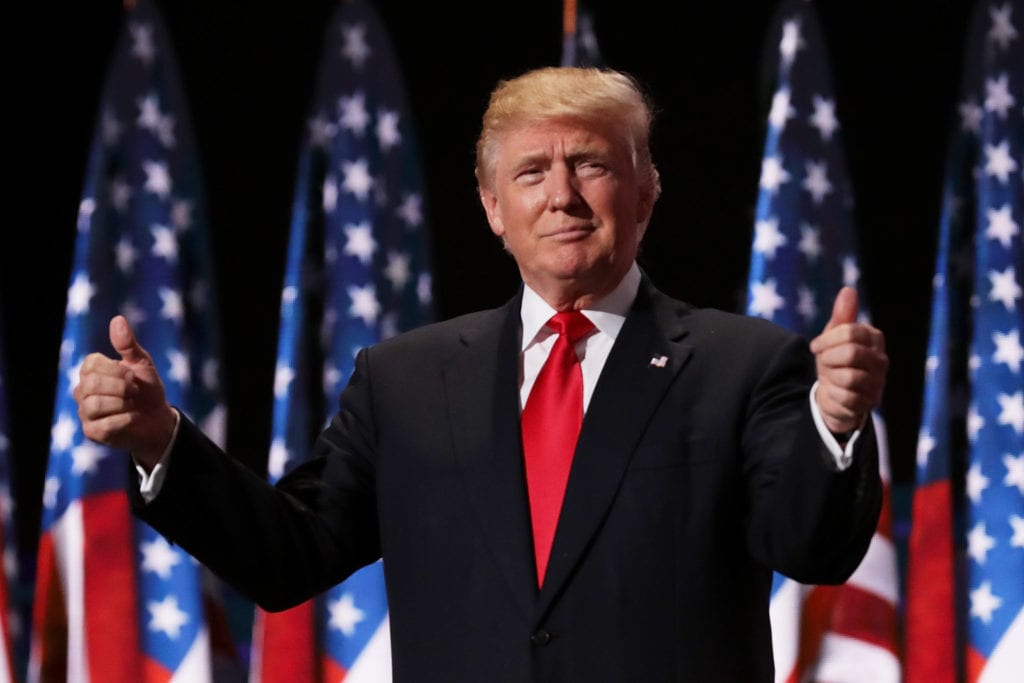
Expanding the federal government, increasing taxes, regulating private business, all essential to the Democratic candidates’ plans, are anathema to the Trump Administration. Just this February the Administration released a budget proposal for 2021 and it had an eight percent cut in education spending.
American children have been trapped in failing government schools
President Donald Trump, State of the Union
He also pointed to school choice as a way to address problems in education. This isn’t exactly his plan for college, but it is an indication of his overall philosophy.
What are some motivating ideas or reasons for not accepting the “free college” idea?

As with most of our red pill blue pill politics, the issues are seen from two perspectives only. The right sees “government schools” as a major cause of the decline in traditional values whereas the left essentially seeks to expand the government’s role in education. A more conservative view of “free college” emphasizes the problems with expanding government and the reticence of raising taxes to fund it.
In a recent Forbes article, the issue is approached by looking at the rising costs as a problem with unrestricted student loan borrowing. In other words, just throwing money at the problem and expanding the power and role of the government is in itself, the problem.
What are some ideas for addressing student loans, career education, or inequality?
What has basically happened in President Trump’s term of office is a stalemate due to the 2018 House takeover by Democrats. He has proposed ideas and legislation but Congress won’t bite. For example, he has indicated he’d support more funding for career and technical education, the elimination of the Public Service Loan Forgiveness and Supplemental Educational Opportunity Grant programs (which many Democrat candidates seek to reform and refund), and setting more limits on loan borrowing. He also proposed to expand eligibility for Pell Grants and increase funding for HBCUs. The reality of politics, however, means these policies are merely ideas and they are not likely to become law.
A Squashed Version of the Free-College Debate:
Democrats all aim to tackle the cost of college and universities by offering monies to the states, paid for by raising taxes. Their plans range from the radicals to the moderates with free college for all down to free community college and affordability to working people. All the candidates seek to forgive student loan debt, though there is considerable variation on how much and how to reform the process. On the political scale, Sander’s plan is the most radical and Biden and Klobuchar the most moderate.
As for the opposing view, the very concept of expanding the federal government and raising taxes, the mechanism fueling the changes proposed by all the Democratic candidates, tis the problem. The current administration does not have specific plans in regards to making college free or canceling student debt. Rather, the President supports student loan borrowing limits, and some reform of existing structures to control costs.
Real Questions and Issues Lie Beneath the Surface

Under the surface of the “free college” debate is our view of democracy and what makes a just society. And that particular topic has been with us since Plato and through the whole history of political science and modern democracies. What is the State and what the role of education? Is public education a right, as some candidates propose? If we have K-12 free school, why not K-16? Does the government have the right to tax Wall Street and the wealthiest Americans? How do we grow the middle class? Why have costs gone up so much in the first place? Is it just to cancel all student loans or just some? How do we as a nation address inequality?
All in all, it’s a privilege to be a citizen of American where we have the freedom to write, think, and speak our views. As we bowl through the presidential primaries once again and into the general election, we here at onlinecollegeplan.com encourage you to find out what you believe and get out and vote!

